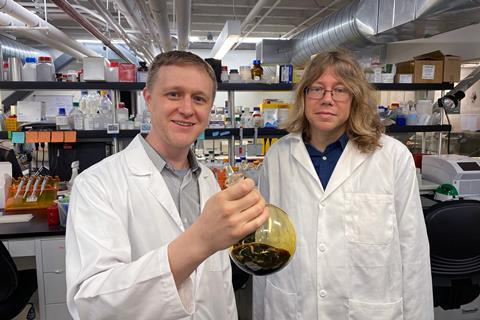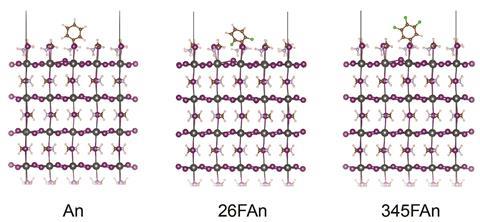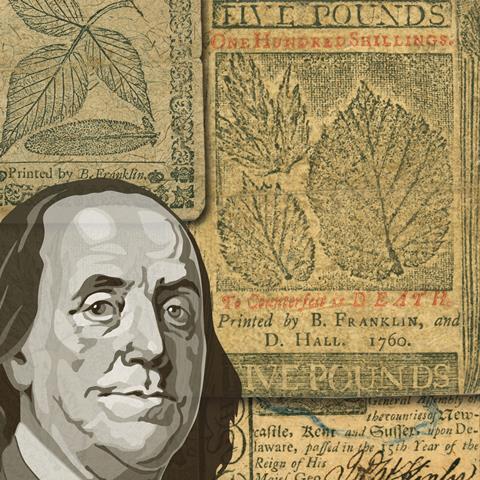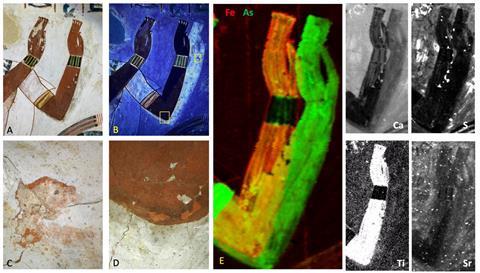A historic milestone has been passed. All the declared stockpiles of chemical weapons have been eliminated. The threat of industrial-scale chemical warfare that began during the first world war with chlorine, phosgene and sulfur mustard is over. When the Chemical Weapons Convention (CWC) was signed 30 years ago, the elimination of chemical weapons must have […]
Read More








